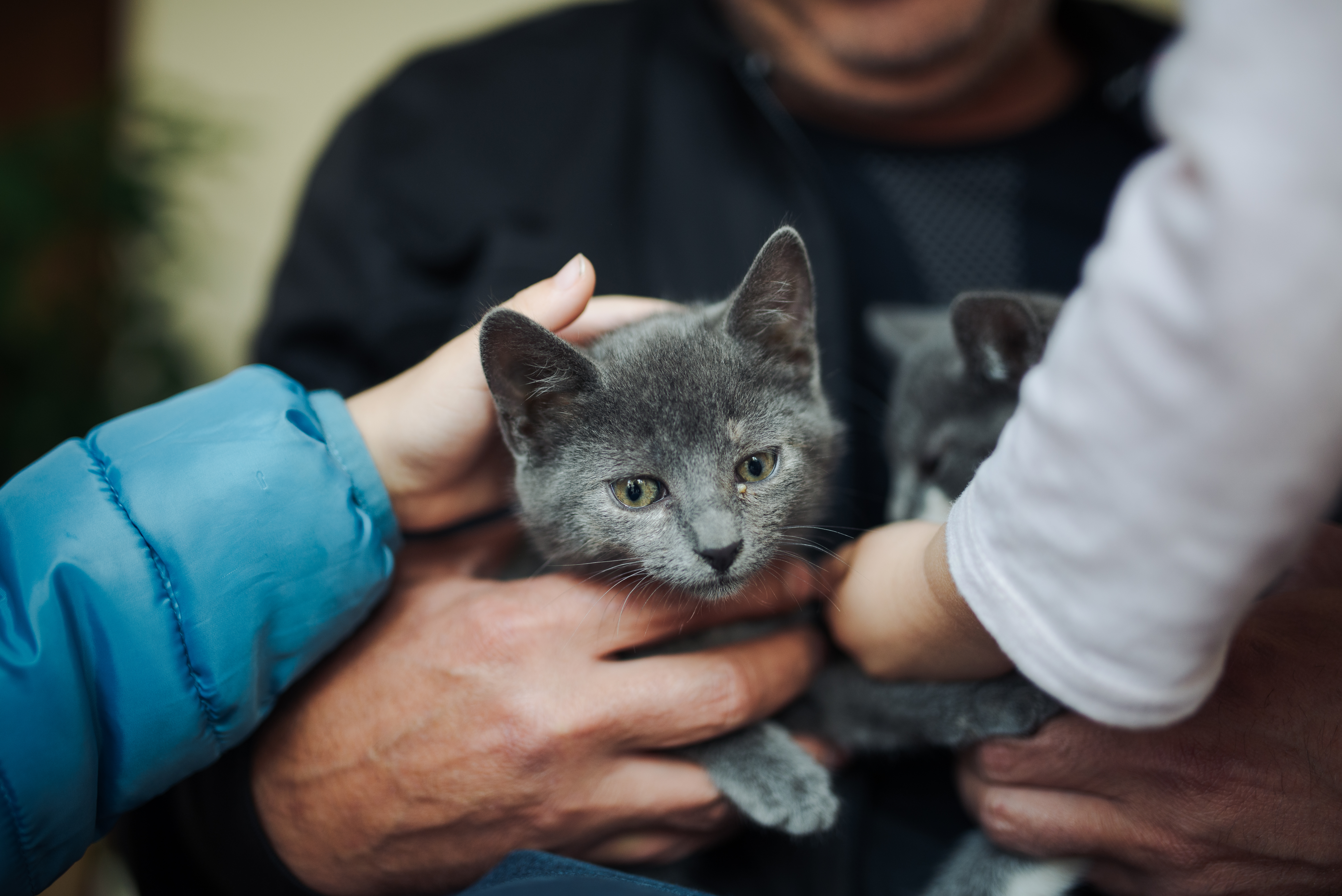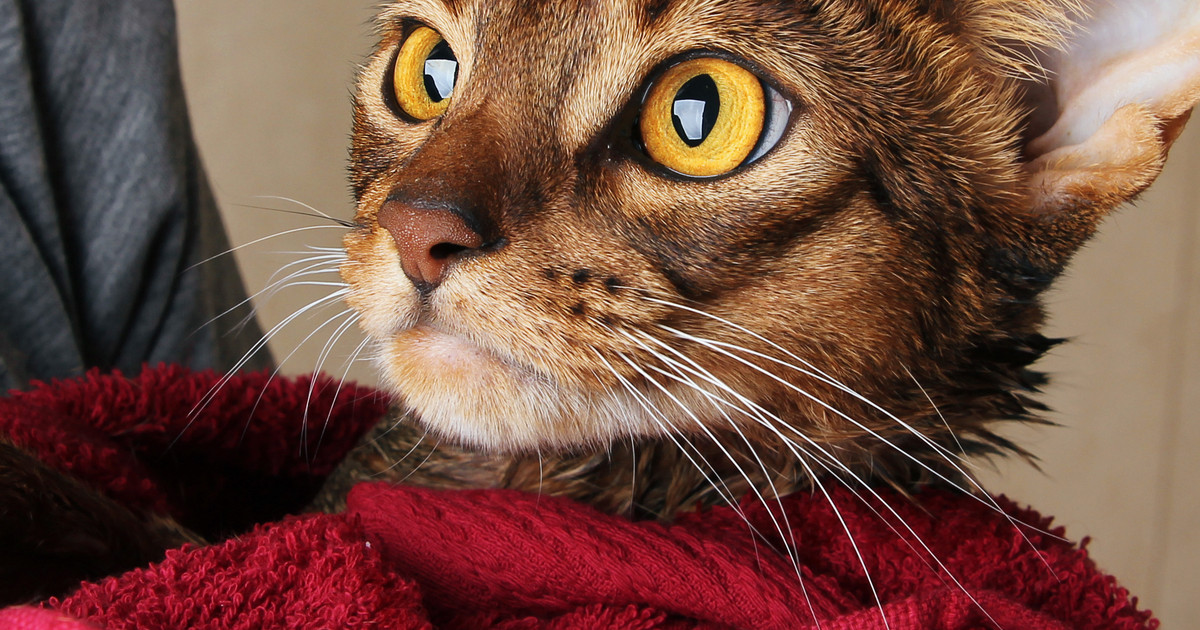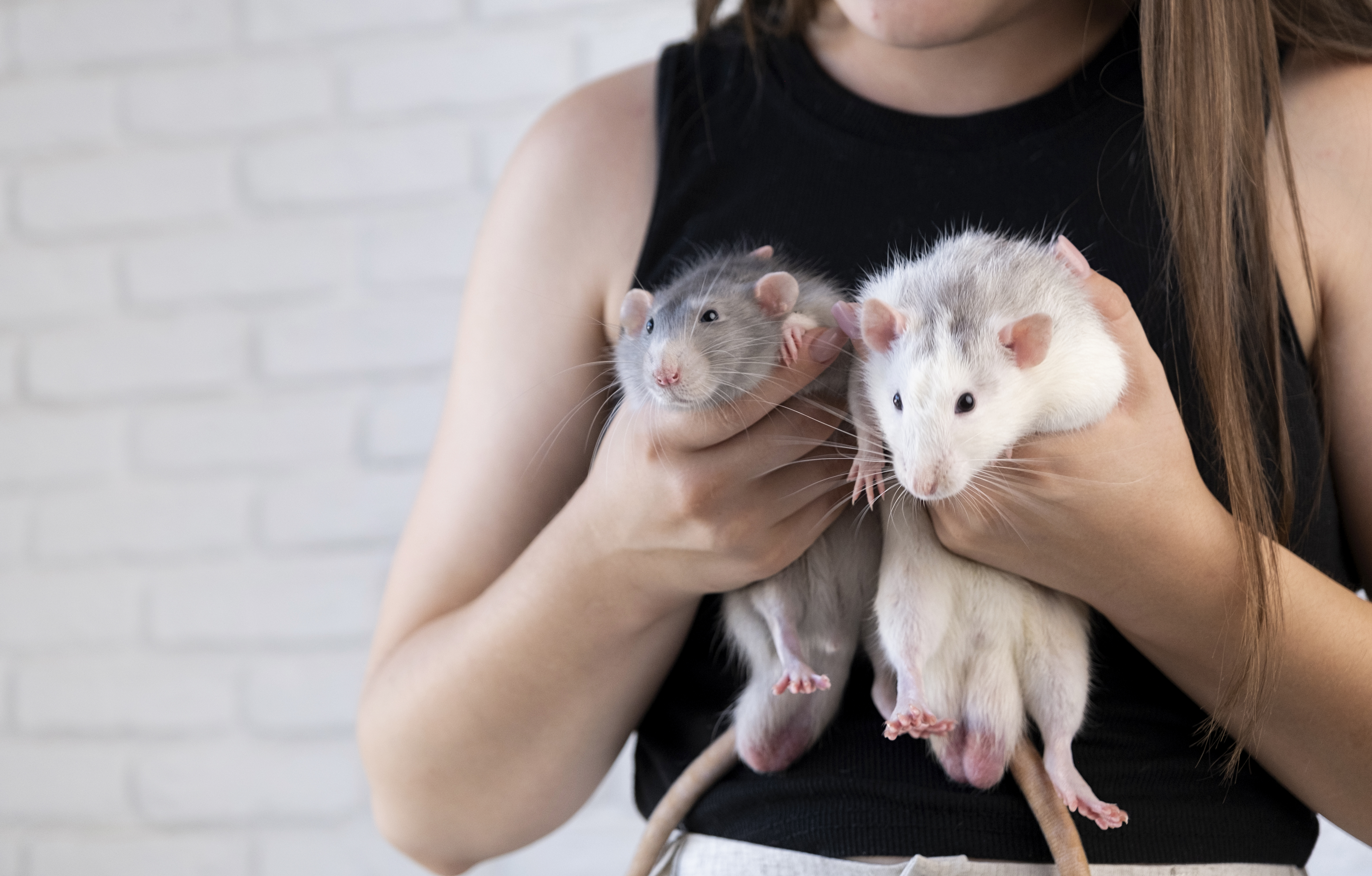Surprising Scientific Reasons Why Cats Might Be Evil
Cats have long been associated with mystery and intrigue, often depicted as both companions and creatures of the night. They have been revered in cultures such as ancient Egypt, while simultaneously being feared and even vilified in other societies. This duality has sparked countless debates about the true nature of cats. Are they simply adorable pets who purr their way into our hearts, or do they harbor a more sinister side? Recent scientific studies have begun to explore the behaviors and instincts of cats, revealing surprising insights that might support the notion of them being 'evil'. This exploration isn't about demonizing our feline friends but rather understanding the complex nature of their behaviors from a scientific perspective. This article delves into eleven scientific reasons that suggest cats might not be as innocent as they appear, uncovering the mysterious layers of their existence.
Predatory Instincts: Nature’s Calculated Hunters

Cats are natural-born hunters, a trait that has been honed over millions of years of evolution. Their predatory instincts are not only a testament to their survival skills but also a reason why they might be perceived as evil. Unlike other domesticated animals, cats retain a strong connection to their wild ancestors. This is evident in their stealthy movements, acute senses, and the infamous 'play' behavior that mimics hunting. Scientific studies have shown that even well-fed domestic cats will hunt and kill small animals, often not for food but seemingly for pleasure. This behavior is rooted in their need to practice and refine their hunting skills, which, while natural, can appear cold and calculated. The impact of these instincts on local wildlife populations has led to debates about the ecological consequences of cat predation, further complicating their role as domesticated pets.
The Unsettling Gaze: A Hypnotic Power

Cats are known for their piercing gaze, which can seem both mesmerizing and unsettling. Research into feline vision reveals that cats have a unique ability to see in low light, thanks to a high number of rod cells in their retinas. This adaptation allows them to hunt effectively at dawn and dusk, but it also gives them an eerie, glowing stare in the dark. The intensity of a cat's gaze can be disconcerting, often making people feel as though they are being scrutinized or judged. Some studies suggest that this gaze can influence human behavior, creating a sense of unease or even fear. The hypnotic power of a cat's stare is not just a figment of imagination; it is a real phenomenon that taps into deep-seated psychological responses. This ability to manipulate human emotions with a mere look adds another layer to the perception of cats as enigmatic, if not malevolent, creatures.
The Purring Paradox: Comfort or Control

The sound of a cat purring is often associated with comfort and contentment, but recent research suggests there might be more to this soothing sound. Cats purr for various reasons, including when they are happy, frightened, or in pain. This multifunctional vocalization serves as a form of communication, but it also has a physiological effect on humans. Studies have shown that the frequency of a cat's purr can promote healing in bones and tissues, potentially explaining why humans find it so calming. However, this soothing effect raises questions about whether cats use purring as a form of control, manipulating human emotions to get what they want. The paradox of purring—comforting yet potentially controlling—adds to the mystique of cats and their ability to influence their human companions subtly.
Territorial Tendencies: Guardians or Tyrants

Cats are fiercely territorial animals, a trait that can sometimes manifest in aggressive or domineering behaviors. Unlike dogs, which are pack animals, cats are solitary hunters and have a strong need to establish and defend their territory. This can lead to behaviors that seem possessive or even tyrannical. Scientific studies on feline social structures reveal that cats use scent marking, vocalizations, and physical displays to assert dominance over their environment. These behaviors can be perceived as 'evil' when they result in conflicts with other pets or even humans. The territorial nature of cats is a double-edged sword, providing a sense of security and stability for the animal but potentially creating tension and discord in the household. Understanding these territorial tendencies is crucial for managing cat behavior and ensuring a harmonious living environment.
Aloof Affection: The Enigma of Cat Love

Cats are often described as aloof or indifferent, especially compared to the overt affection displayed by dogs. This perceived detachment can be interpreted as a lack of empathy or emotional depth, leading some to label cats as 'evil'. However, scientific research into feline social behavior suggests that cats do form strong bonds with their human companions, albeit in more subtle ways. Unlike dogs, cats do not rely on humans for social structure, which allows them to maintain a level of independence. This independence is often mistaken for indifference, but studies show that cats can recognize their owner's voice and even respond to human emotions. The enigmatic nature of cat affection challenges traditional notions of pet companionship, forcing us to reconsider what it means for an animal to show love and attachment.
Nocturnal Mischief: Creatures of the Night

Cats are crepuscular animals, meaning they are most active during the twilight hours of dawn and dusk. This nocturnal activity can lead to behaviors that are disruptive or even destructive, earning them a reputation for mischief. The scientific explanation for this behavior lies in their evolutionary history as solitary hunters, which required them to be active when prey is most available. Modern domestic cats retain these instincts, often resulting in nighttime escapades that can be unsettling for their human companions. The propensity for nocturnal activity can lead to a perception of cats as creatures of the night, operating on a different schedule from the rest of the household. This disconnect can create tension and frustration, further contributing to the notion of cats as unpredictable and potentially malevolent beings.
The Silent Stalker: Master of Stealth

Cats are masters of stealth, capable of moving with a silent grace that is both impressive and unnerving. This ability is a result of their evolutionary adaptation as predators, requiring them to approach prey without detection. The unique structure of a cat's paws, with retractable claws and soft pads, allows them to move silently across various surfaces. This stealthiness can be unsettling to humans, as cats often appear seemingly out of nowhere, adding to their mysterious aura. The silent stalking behavior is not limited to hunting; cats often use it in play or when observing their surroundings. The combination of stealth and unpredictability can make cats seem elusive and enigmatic, reinforcing the perception of them as creatures with hidden intentions.
The Unpredictable Play: Mischief or Malevolence

Play behavior in cats is a complex mix of instinctual and learned actions, often mimicking the hunt. This unpredictability can sometimes be perceived as malevolence, especially when play turns rough or destructive. Scientific studies on feline play behavior reveal that it serves multiple purposes, including the development of motor skills, social interaction, and stress relief. However, the intensity and unpredictability of cat play can lead to misunderstandings, with humans interpreting these actions as aggressive or malicious. The dual nature of play—both beneficial and potentially harmful—adds to the perception of cats as unpredictable creatures. Understanding the motivations behind feline play is essential for fostering positive interactions and reducing the likelihood of harm or misunderstanding.
The Manipulative Meow: A Vocal Deception

Cats are known for their wide range of vocalizations, with the meow being the most common form of communication with humans. Interestingly, adult cats rarely meow at each other, reserving this vocalization primarily for human interaction. This adaptation suggests that cats have learned to use meows as a tool for manipulation, mimicking the frequency and tone of a human baby's cry to elicit a nurturing response. Scientific studies have shown that humans are more likely to respond to a cat's meow that mimics a baby's cry, indicating a level of vocal deception. This ability to manipulate human emotions through vocalization adds another layer to the perception of cats as cunning and potentially 'evil'. Understanding the nuances of feline vocal communication can help improve human-cat interactions and reduce the likelihood of manipulation.
The Complex Nature of Feline Behavior

The exploration of scientific reasons why cats might be perceived as evil reveals a complex tapestry of behaviors and instincts deeply rooted in their evolutionary history. From their predatory instincts and hypnotic gaze to their territorial tendencies and manipulative vocalizations, cats exhibit a range of behaviors that can be interpreted in various ways. While some of these actions may seem sinister or malevolent, they are ultimately expressions of a highly adapted and intelligent species. Understanding these behaviors from a scientific perspective allows us to appreciate the complexity of cats and their role as both companions and enigmatic creatures. Rather than viewing them as evil, we can embrace the mystery and wonder of their existence, recognizing the unique bond between humans and cats that transcends simple labels.







